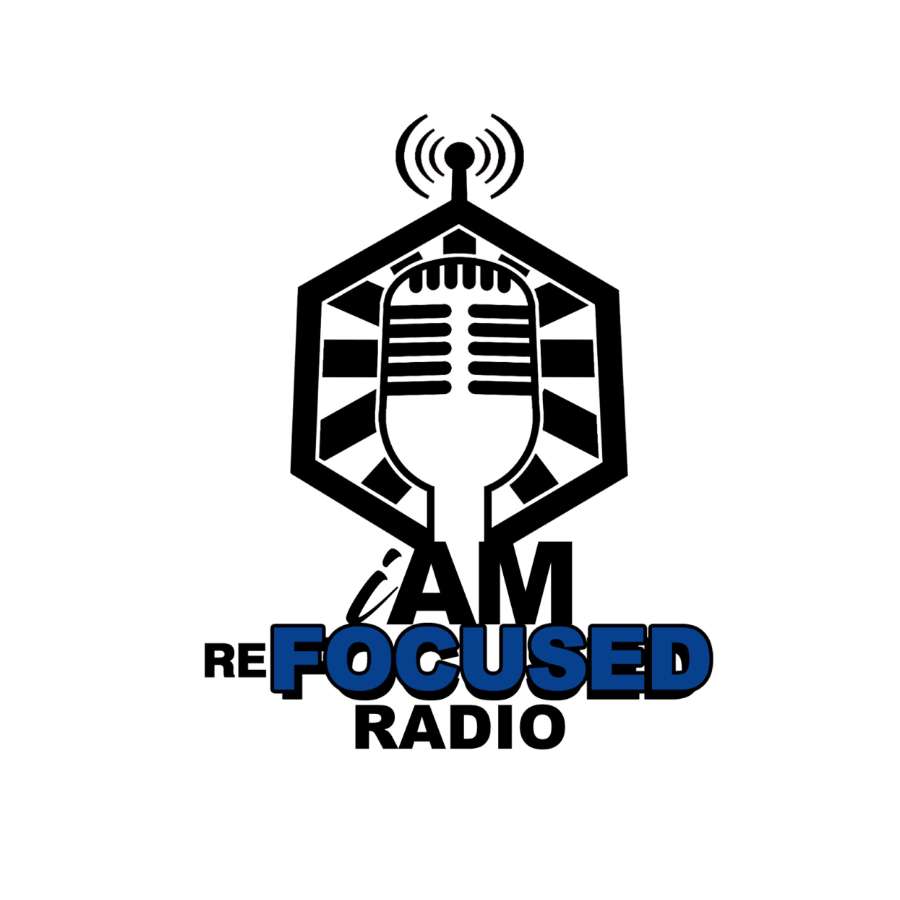Over the last two years, Texas’ public education system has been through the wringer, from shifting to online classes and debates about making masks mandatory to the ongoing tensions over how race and sex should be taught in schools to, most recently, the renewed discussion over school safety in the aftermath of the mass shooting in Uvalde where 19 elementary school students and two teachers were killed.
Teachers have been at the front lines of all of these issues — and it’s taken a toll on them. Texas has long had a teacher shortage, but the consensus is that the pandemic has made it worse, pushing teachers to their limits and out of the job.
Issues like receiving low pay, being overworked, having bad benefits, worrying about their health during COVID-19 and being caught in the middle of Texas’ culture wars have had a negative effect on the workforce.
To top it all off, Texas ranks as one of the worst states for teacher retirement. Retired Texas teachers have not received a cost-of-living raise since 2004, and it’s getting worse as inflation rises.
The combined effect of all of the above is that educators are leaving the field in droves. Most of them are new, early-career teachers.
So what exactly does the teacher shortage mean for Texas? How does the state estimate the optimal number of teachers needed, and how does the shortage affect the public education system? And what is being done to fix it?
Here’s what you need to know about the state’s teacher shortage.
What does the teacher shortage in Texas look like?
The Texas Education Agency says there is no statewide definition for what constitutes a teacher shortage, but it knows the state is going through one.
The agency collects data every year about how many teachers get certified, how many are employed and how…
Over the last two years, Texas’ public education system has been through the wringer, from shifting to online classes and debates about making masks mandatory to the ongoing tensions over how race and sex should be taught in schools to, most recently, the renewed discussion over school safety in the aftermath of the mass shooting in Uvalde where 19 elementary school students and two teachers were killed.
Teachers have been at the front lines of all of these issues — and it’s taken a toll on them. Texas has long had a teacher shortage, but the consensus is that the pandemic has made it worse, pushing teachers to their limits and out of the job.
Issues like receiving low pay, being overworked, having bad benefits, worrying about their health during COVID-19 and being caught in the middle of Texas’ culture wars have had a negative effect on the workforce.
To top it all off, Texas ranks as one of the worst states for teacher retirement. Retired Texas teachers have not received a cost-of-living raise since 2004, and it’s getting worse as inflation rises.
The combined effect of all of the above is that educators are leaving the field in droves. Most of them are new, early-career teachers.
So what exactly does the teacher shortage mean for Texas? How does the state estimate the optimal number of teachers needed, and how does the shortage affect the public education system? And what is being done to fix it?
Here’s what you need to know about the state’s teacher shortage.
What does the teacher shortage in Texas look like?
The Texas Education Agency says there is no statewide definition for what constitutes a teacher shortage, but it knows the state is going through one.
The agency collects data every year about how many teachers get certified, how many are employed and how…Read Morelocal_news
